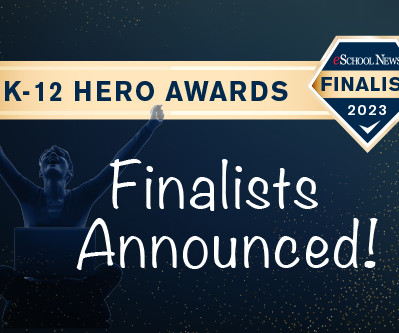Why Should Students and Publishers Adapt eBooks in STEM Learning
Kitaboo on EdTech
OCTOBER 3, 2019
STEM-based learning programs are being introduced in schools all across the globe. STEM has proved to be a much better educational program in terms of learning effectiveness and leading to better career opportunities than the regular curriculum. Advantages of STEM-based eBooks for students in STEM Learning: 1.















Let's personalize your content